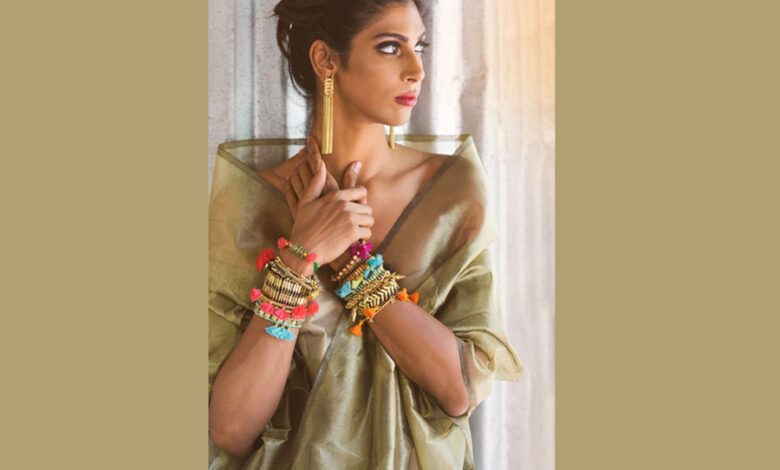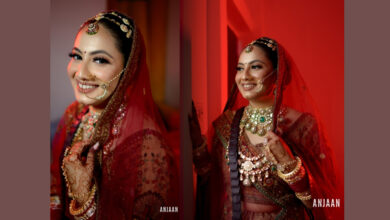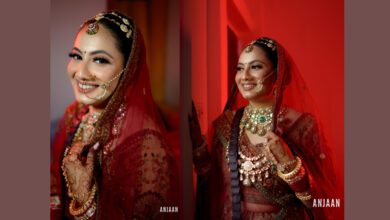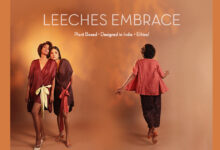House of Tuhina uplifts women artisans across the country

New Delhi, 1st July, 2022: House of Tuhina, a leading jewellery brand striving for excellence, showcases an exemplary array of collections. The portfolio of articles is adored by patrons not just nationwide but also customers from across the globe. However, there is much more to House of Tuhina than its international fame. A brand established by Ms Tuhina Goyal, the label has been delving deep in the layers of the current society dynamic and understanding the socio-economic status of women and working on uplifting their professional and individual stature.
House of Tuhina staunchly stands by its principles of empowering women and creating a platform for them to enhance their skills and leverage them for financial stability and independence. The brand has been supporting women from all regions, streets and corners of the country to come forth and build their careers in order to sustain themselves and their families. House of Tuhina has been making a difference on the grass-root level and being the beacon of light as it uses age-old art of handcrafting jewellery to catalyse growth of women in our society.
Curating varied collections from statement necklaces to delicate earrings, House of Tuhina offers masterpieces that count for affordable luxury and equally sustainable. Encouraging women to take their power and simultaneously vouching for VocalForLocal by boosting the spirit of local women artisans, the brand is reforming the industry and changing its internal edifice to a more empathetic and gender-neutral world that focuses on merit and equal opportunities.
Their collection is currently creating a whole new trend, it has introduced itself as a unique handcrafted and ‘bohemian’ style of jewellery. Their collection is an ode to a nomadic life that reflects a free-spirited lifestyle, a relaxed and peaceful attitude, individualism, and a love for nature. Whether it is finger rings, earrings, necklaces, or bracelets, you will find all kinds of jewellery pieces in the gypsy boho style making it just perfect for holidays.
Please visit the website: https://houseoftuhina.com









